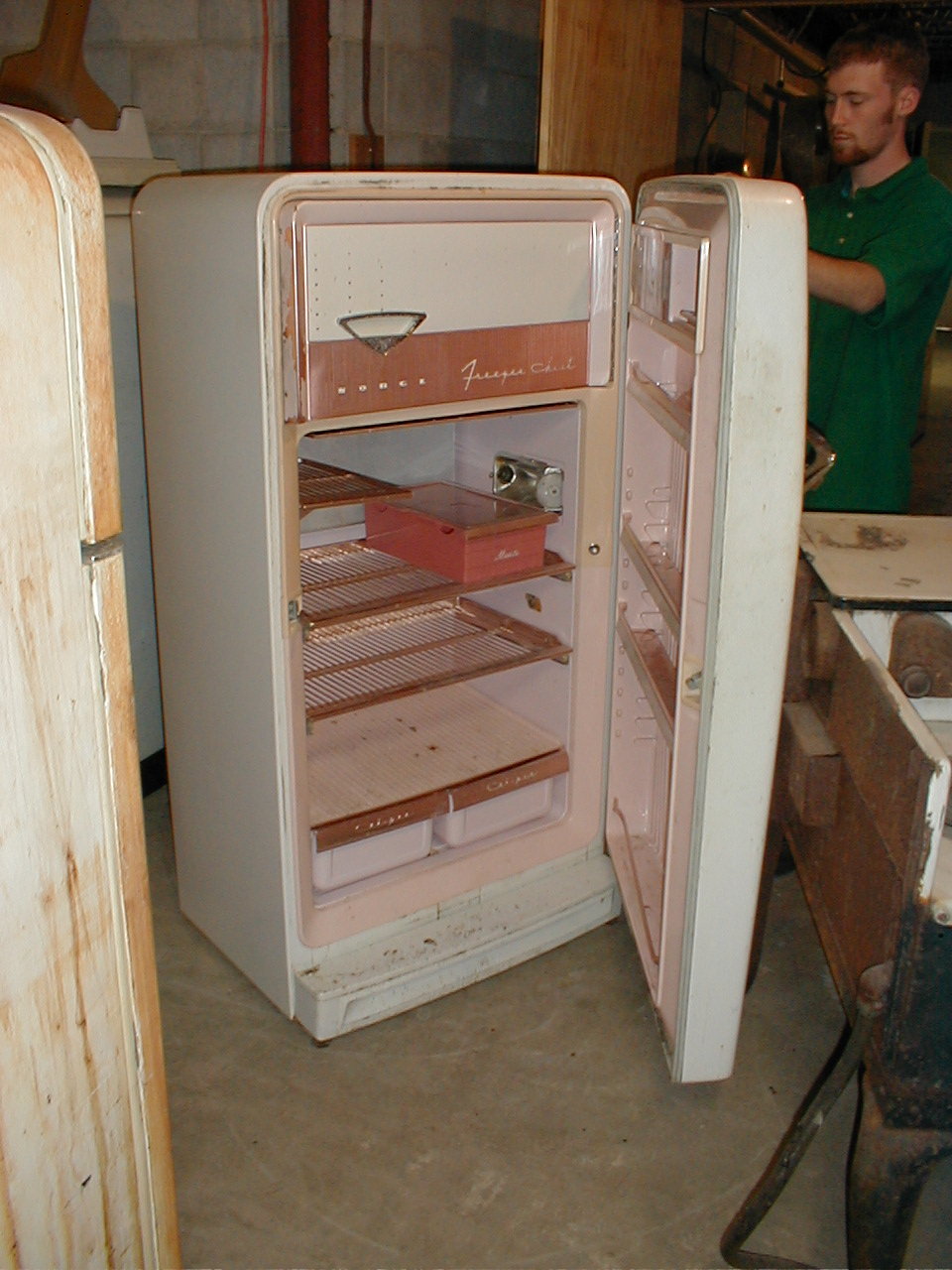

Then, mandated by the federal government, the manufacturers began to make It could easily use 60% to 70% more power in that era, often defrosting and recooling even if no one opened the doors much. If the fridge was frost-free or frostless, The inefficiency continued until the late 1970's or early 1980's after the second oil and energy crisis. The units made after 1960 or so are much more square shaped. Only in the mid 1960's whenĮveryone wanted "frost free" units did energy consumption soar. The trick is that while the unit will draw a little more power when running and especiallyĭuring start up for about 3 seconds, but it runs a lot less overall than newer units. Not "frost free" or "self defrosting" and also remember that electricity was relatively expensive back then, so they DID But the models of the late 30's to late 50's were mostly Some of you may think these vintage units will be energy hogs. Nothing at all wrong with them other than finding screws to put the doors back on. I even found a few really good ones out for the garbage! Most of the time they just neededĪ good cleaning and in some cases a fresh coat of paint sprayed on. Needed to be rewired due to dried-out insulation but they all ran great. It turns out that most of them ran fine withoutĪny work required! A few needed gaskets (generic material is still available ) and a few (particularly CROSLEY models) Investigating what needed to be done to get them into peak running shape again. So I began to haul them home, and started
#Vintage philco refrigerator age for free#
Me take them for fifty bucks or even for free as long as I coud get them out. I began to look for them,Īnd discovered many of them sitting unused for decades in peoples's basements and garages. I always liked the curved, chrome trimmed art -deco refrigerators from those days.


Some people are renovating their entire kitchen with actual working vintage appliances. Of the sitcoms that they seem to have a 1950's refrigerator in the kitchen or in the office? THE ANTIQUE REFRIGERATOR THE ANTIQUE REFRIGERATOR SITEĪ trend has been spotted once again starting on the West Coast and now covering much of the USA.


 0 kommentar(er)
0 kommentar(er)
